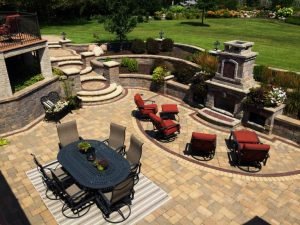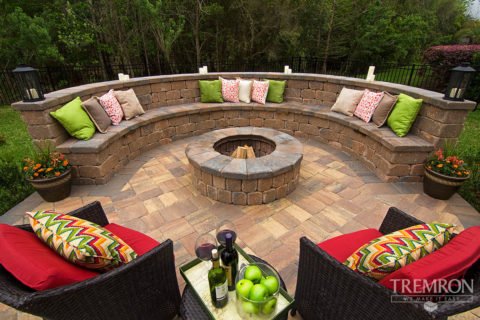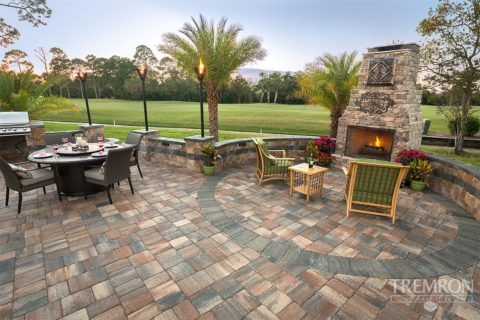Of the considerable number of materials accessible to manufacture porches, concrete is the most customary yet adaptable decision. It’s smooth, clean, can be thrown and framed into curvilinear or geometric shapes, and, with the expansion of colors, can become something besides the great light dark.
Different advantages: it offers perpetual quality, sturdiness, and is decently inexpensive―even all the more so on the off chance that you do it yourself―provided you comprehend what you’re doing and are more than fit for achieving the errand. For starting do-it-yourselfers, it is difficult work, nor is it a one-individual occupation. On the off chance that you aren’t sure you can handle a solid porch venture all alone, enlist a temporary worker.
You can’t turn out badly with pouring a straightforward solid chunk, yet in the event that you need to include surfaces or an example, certain procedures can be applied during the restoring procedure. Perhaps the most straightforward approaches to add surface is to apply a firm brush over the drying concrete, once toward every path, which will give the surface some “tooth” and shield it from getting elusive when wet.

Solid pavers are accessible in an assortment of shapes, sizes, hues, and surfaces, and can be put on a bed of stuffed sand. On the off chance that you fear weeds or volunteer plants developing between spaces, pavers can be butted together for a smooth, whole surface. In the event that you settle on the more customary technique for leaving spaces between pavers (this implies you’ll purchase less pavers), they can be loaded up with pea rock, stones, or a tight, low-developing ground spread.





